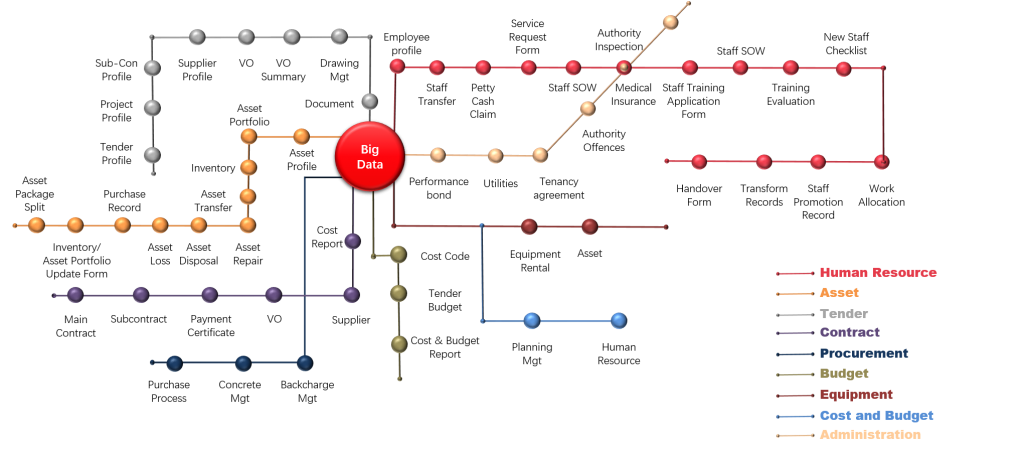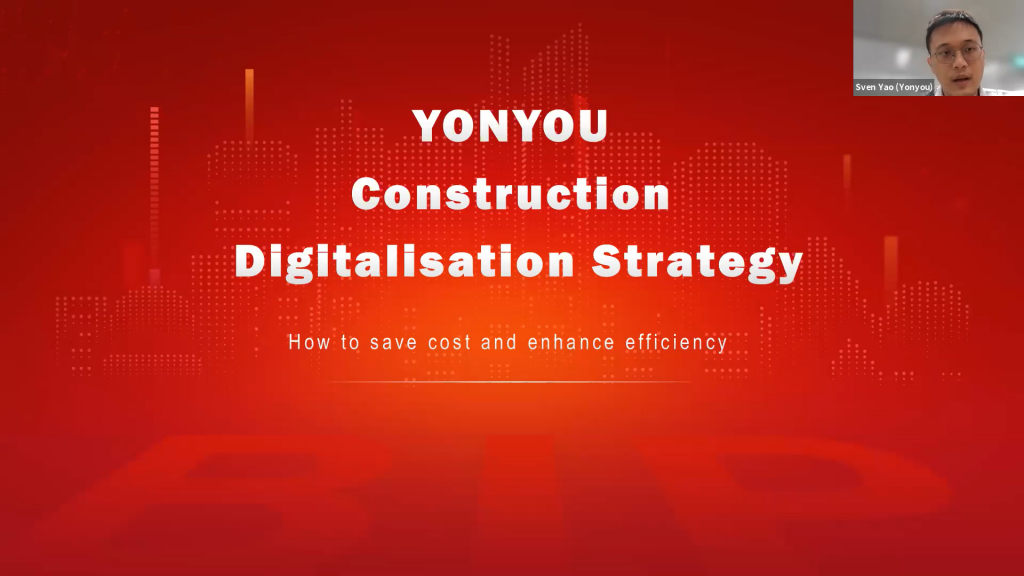
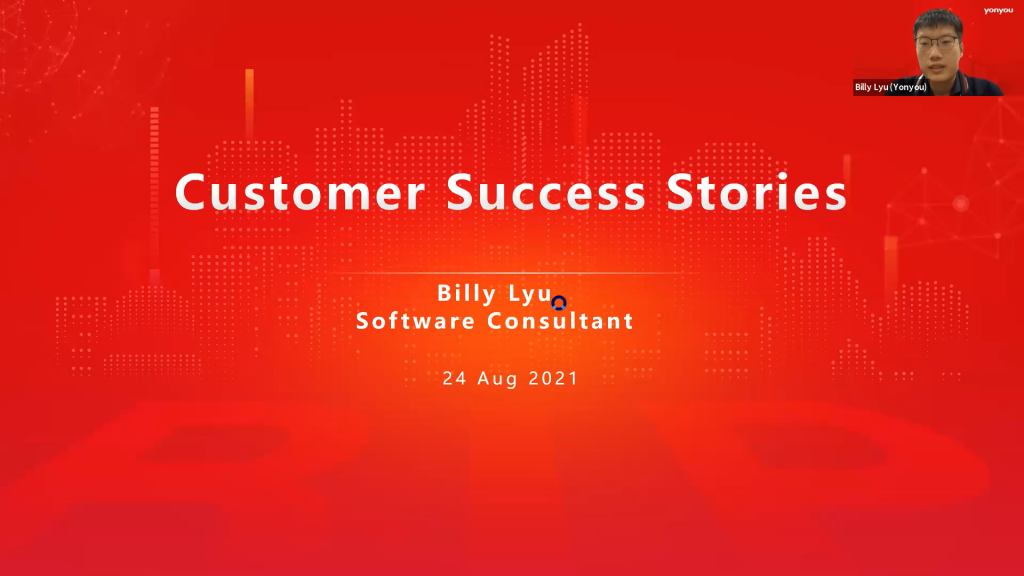
2020 年,受 COVID-19 疫情影响,建筑业需求从最初预计的 330 亿新元下降了 54.9%。与此同时,劳动力、材料和设备成本也在快速上涨,使企业必须密切关注供应链管理和成本控制。
依赖手工操作的建筑企业面临沟通效率低下的问题,由于数据无法实时共享,数据传输需要额外的时间,从而导致工程延误。此外,在财务系统中记录运营数据也是一大挑战,企业需要投入更多时间和精力来确保数据的准确性。同时,为遏制 COVID-19 的传播而采取的额外措施也导致了人力资源短缺。此外,施工现场还存在许多管理难题,需要多个利益相关方的关注和协调。
数字化战略的实施
在政府支持和疫苗接种率不断提高的背景下,建筑工地和项目正在逐步恢复运营,适应社会进入的新常态。预计 2021 年建筑业需求将恢复 30%,其中公共项目将成为主要推动力。
随着市场复苏的曙光初现,企业可以利用这一时机构建一个集成数据平台,使外部利益相关方与内部团队能够轻松协作,实现数据的实时传输,从而提升决策能力,为企业在数字化时代中抢占先机。
理想的集成平台应具备以下特性:
1)全面数字化,减少对纸质文件的依赖,提高工作效率
2)支持所有内部和外部利益相关方实时协作,提升沟通与决策速度
3)数据集中存储,确保信息一致性,避免重复录入
4)具备移动功能,让员工随时随地高效办公
5)无缝集成运营数据与财务系统,优化企业管理流程
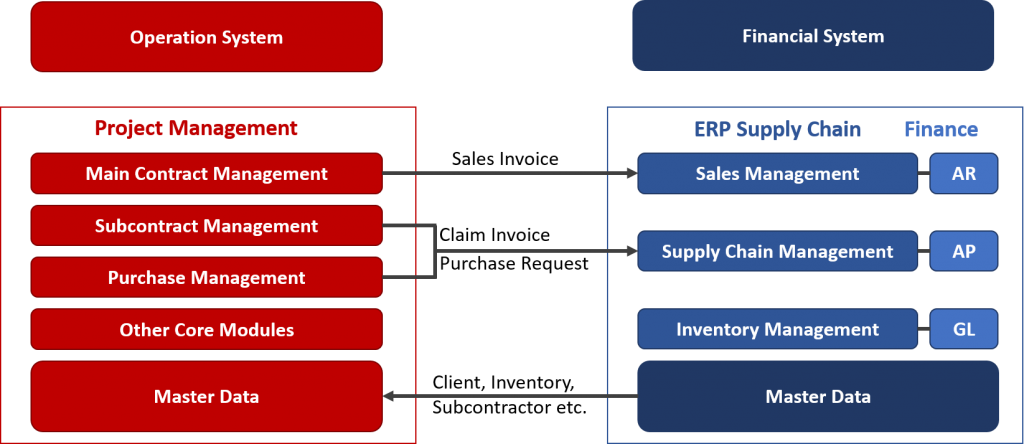
用友解决方案核心模块
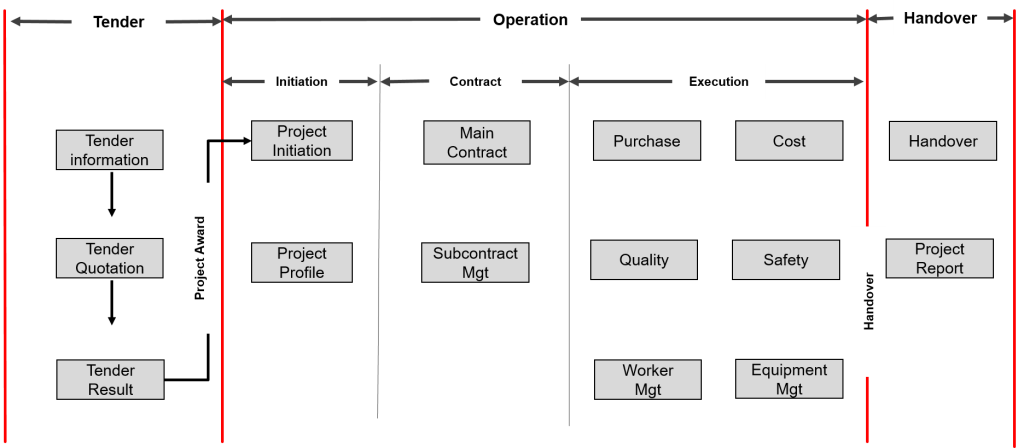
一个典型的建筑项目工作流程从项目招标开始,涵盖项目启动、合同管理、执行,最终到项目交付。基于此,以下是用友项目管理的关键模块:
a) 合同管理 – 主合同
利用平台自动生成标准化合同管理流程,提供标准模板、数据控制,并集成电子签名,以消除人为错误和不一致性。
b) 合同管理 – 分包合同
优化繁琐且复杂的分包流程,提高从外部分包商报价、合同授予到付款申请的效率,减少合同生成的工作量,并提高付款跟踪的准确性。
c) 采购管理
高效的采购管理系统可帮助企业整合所需采购的库存,并通过批量采购和最佳价格控制库存成本,实现从物料申请、采购订单、交货验收到库存盘点的全流程管理。
d) 损益管理
平台汇总企业的全面数据,并利用这些数据生成可视化报告和分析,帮助企业推动业务变革,消除低效环节,快速适应市场变化。
e) 现场管理 – 安全
检查管理人员可在现场进行质量与环境检查,而管理人员可随时随地监控检查报告及整改措施的执行情况
f) 现场管理 – 质量与环境
检查管理人员可在现场进行质量与环境检查,而管理人员可随时随地监控检查报告及整改措施的执行情况
g) 资产管理
帮助企业监控和管理资产,降低风险暴露,控制成本,并减少资产停机时间。每个资产均配有完整的生命周期跟踪,包括采购、运输、维护、维修、租赁、归还或报废等阶段。
h) 工人管理
管理工人详细信息,包括税费、合同、工作准证,以及工时、培训审批等项目相关信息
i) 商业智能
利用数据分析生成可视化报告,辅助决策。可视化数据报告还可用于推动业务变革,消除低效环节,并快速适应市场变化。
如果您不知道从何开始数字化转型,不用担心!请查看下方的建筑行业路线图, 联系我们 与我们的行业专家进行友好咨询,开启您的数字化之旅!
